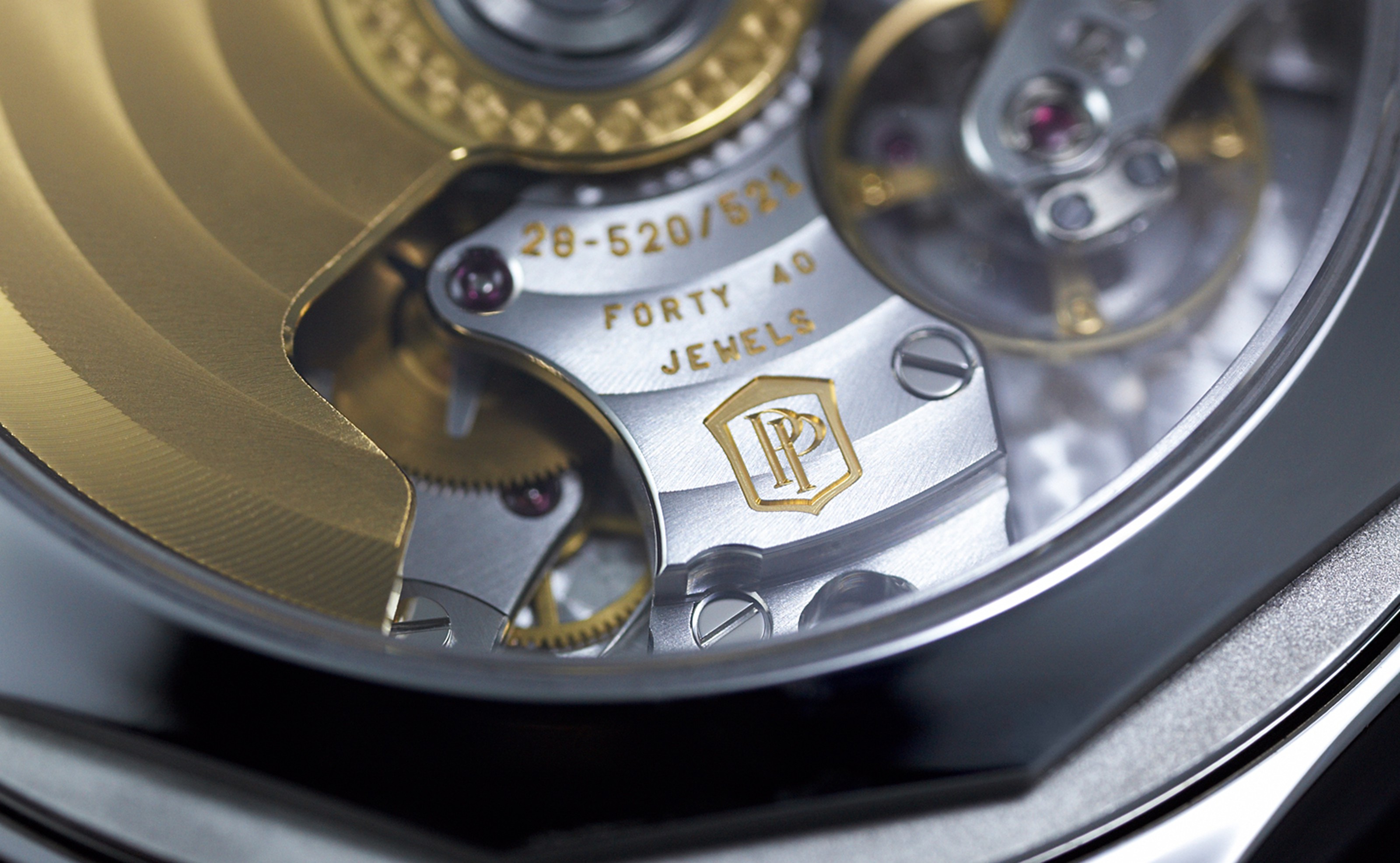When we say “diving watches,” we know exactly what accessories we’re talking about. And although the term seems simple and clear, behind it lie decades of experimentation, development, and extensive testing. And what should be valued in diving watches can be explained by the standards of the International Organization for Standardization, which define compliance with diving-watch specifications.
Requirements for diving watches according to the standards
Many premium Swiss brands producing diving watches follow the norms of international standards, particularly ISO 6425, which sets the following requirements:
Presence of a dive-time indicator. It must allow reading time with an accuracy of 1 minute for at least one hour (a unidirectional rotating bezel, a digital display, etc.).
Excellent legibility of minute markers on the dial, including at a distance of 25 cm in complete darkness. This is usually ensured by a running seconds hand with luminescent coating or backlighting.
Magnetic resistance, pre-tested by exposure to a magnetic field with an intensity of 4800 A/m. The test is performed at least three times, and the watch must maintain accuracy within ±30 seconds per day.
Shock resistance. For testing, a 3 kg plastic hammer strikes the watch at a speed of 4.43 m/s. The watch is hit twice — once on the 9-o’clock side and once perpendicularly on the crystal. The allowable deviation is ±60 seconds per day.
Chemical stability. A corrosion-resistance test is performed by immersing the watch for 24 hours in a solution with salinity similar to seawater.
Battery-end-of-life indicator for electronic watches.
Strength of the bracelet/strap. Tested by applying a force of 200 N to each attachment point in opposite directions.
If a watch meets the requirements of ISO 6425, you can be sure of its reliability, and such accessories display the inscription “Diver’s” on the dial. However, keep in mind that this standard was introduced only in 1996, so some of the most iconic diving watches, for example the Rolex Submariner, may not have this marking. At the same time, it was precisely the Rolex Submariner and the Blancpain Fifty Fathoms that became the first in a long line of accessories created specifically for diving.
Main markings on diving watches
The main requirement for watches that pass professional diving tests is the mandatory “Diver’s” inscription, which means:
The case can withstand pressure above 10 atm (1 MPa), making it suitable for scuba diving.
Water-resistance rating WR100 or WR200. However, this does not mean that the watch can be used at depths of 100+ m. It only indicates that the watch passed static-pressure tests equivalent to the pressure at those depths.
The Water Resistant/WR indicator provides additional marking:
100 WR (10 atm) — suitable for diving and any water sports;
200 WR (20 atm) and above — special diving watches designed for deep dives;
Diver’s XXXX M — the accessory is specifically designed for diving, has high water resistance, a unidirectional bezel, and a reinforced clasp.
The design of a diving watch always serves practical functions: ensuring dive safety, decompression stops during ascent, and monitoring the time spent underwater.
Successful diving-watch models
Among diving-watch models, every fan of extreme diving can find an option to fit their style, functionality, and WR level. There are many such examples, but here we highlight several popular versions of 2025, combining all the characteristics of dive-time indicators and innovations that help explore the perfection of the underwater world.
Rolex Submariner
With this model — one of the first professional deep-diving watches — diving becomes a journey into another world. Released in 1953, they became the first wristwatch with water resistance up to 100 m. Modern Submariner and Submariner Date models are distinguished by reliability, chronometric precision, thoughtful technical design, and excellent dial legibility in darkness. They even became the basis for the international diving-watch standard adopted in 1981 and the prototype for the brand’s entire family of deep-diving watches: Sea-Dweller (1967), Rolex Deepsea (2008), and Deepsea Challenge (2022).
Everything in the Rolex Submariner is dictated by the needs of this extreme activity:
Oyster case of innovative construction made of extra-strong Oystersteel;
High-tech ceramic resistant to mechanical damage and scratches;
Helium escape valve regulating internal pressure;
Domed sapphire crystal and improved luminescent coating with blue glow lasting twice as long;
Fully hermetic case, ensured by the bezel, titanium caseback, and Twinlock screw-down crown with a double-sealing system tightly securing the internal components.
These Rolex watches even participated in scientific deep-sea expeditions. For example, the experimental Deep Sea Special, attached to a research bathyscaphe, descended to nearly 11,000 meters and, after 8 hours underwater, continued functioning perfectly.
Ulysse Nardin Diver AIR
This model holds the title of the world’s lightest mechanical diving watch at just 52 g. At the same time, thanks to the caliber UN-374 with skeletonized titanium components and an 80% “air-like” mechanism, the accessory offers a 90-hour power reserve, 200 m water resistance, and impressive shock resistance. The modular case combines recycled titanium and materials sourced from the sea. The ultra-light bright-orange strap can be easily changed.
Blancpain Fifty Fathoms
This model has been in divers’ arsenals worldwide for over 60 years. Created at the request of the French Navy, it continues to embody Swiss watchmaking mastery. A technical innovation of this accessory was the unidirectional bezelrotating only counterclockwise, enhancing dive safety. This was further supported by digits, indexes, and bezel coated with a new six-layer Super-Luminova phosphorescent paint.
If we briefly characterize the modern Fifty Fathoms version, it is not only durable and robust but also classically elegant:
Bathyscaphe case made of black ceramic, light and scratch-resistant;
Indexes and bezel numerals made of Liquidmetal — a high-strength metal alloy resembling glass;
Increased water resistance — the watch withstands pressure up to 30 bar;
Power reserve of 120 hours.
Later, new diving-watch lines appeared, including Villeret, featuring a Grand Feu enamel dial and a wave-shaped blued-steel case, and the Léman collection, combining a titanium case with double bezel and increased water resistance, dual time zone, flyback chronograph, alarm, and more.
Remember that choosing a diving watch is not only about comfort and style but above all — safety. Such watches must be strong, durable, and reliable. Also, don’t forget to regularly check the water-resistance of your diving accessories. This can be done at the workshop of our multi-brand boutique Chrono 10:10. Entrust your watch only to professionals, and it will continue to delight you with its flawless appearance and original functionality.



